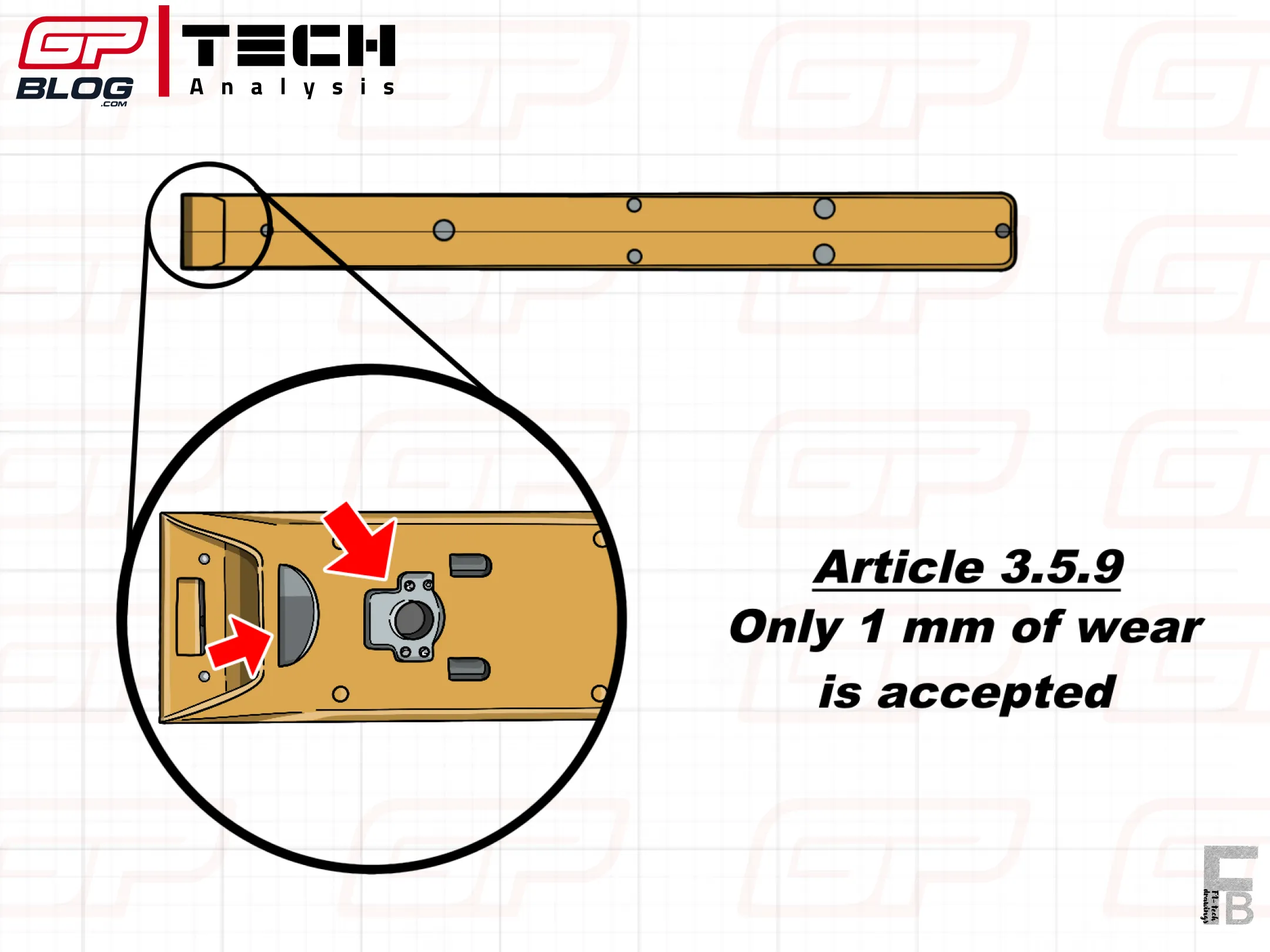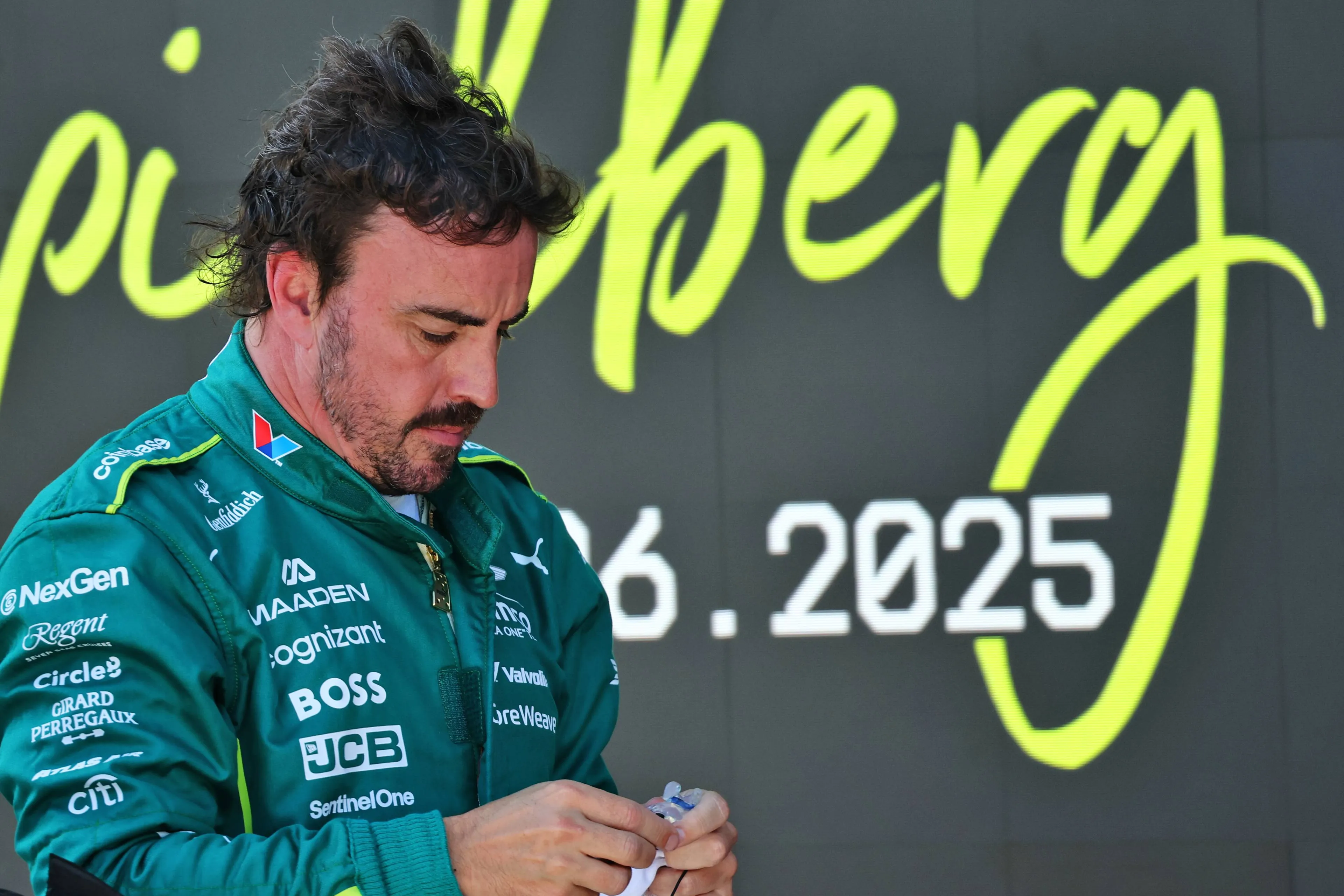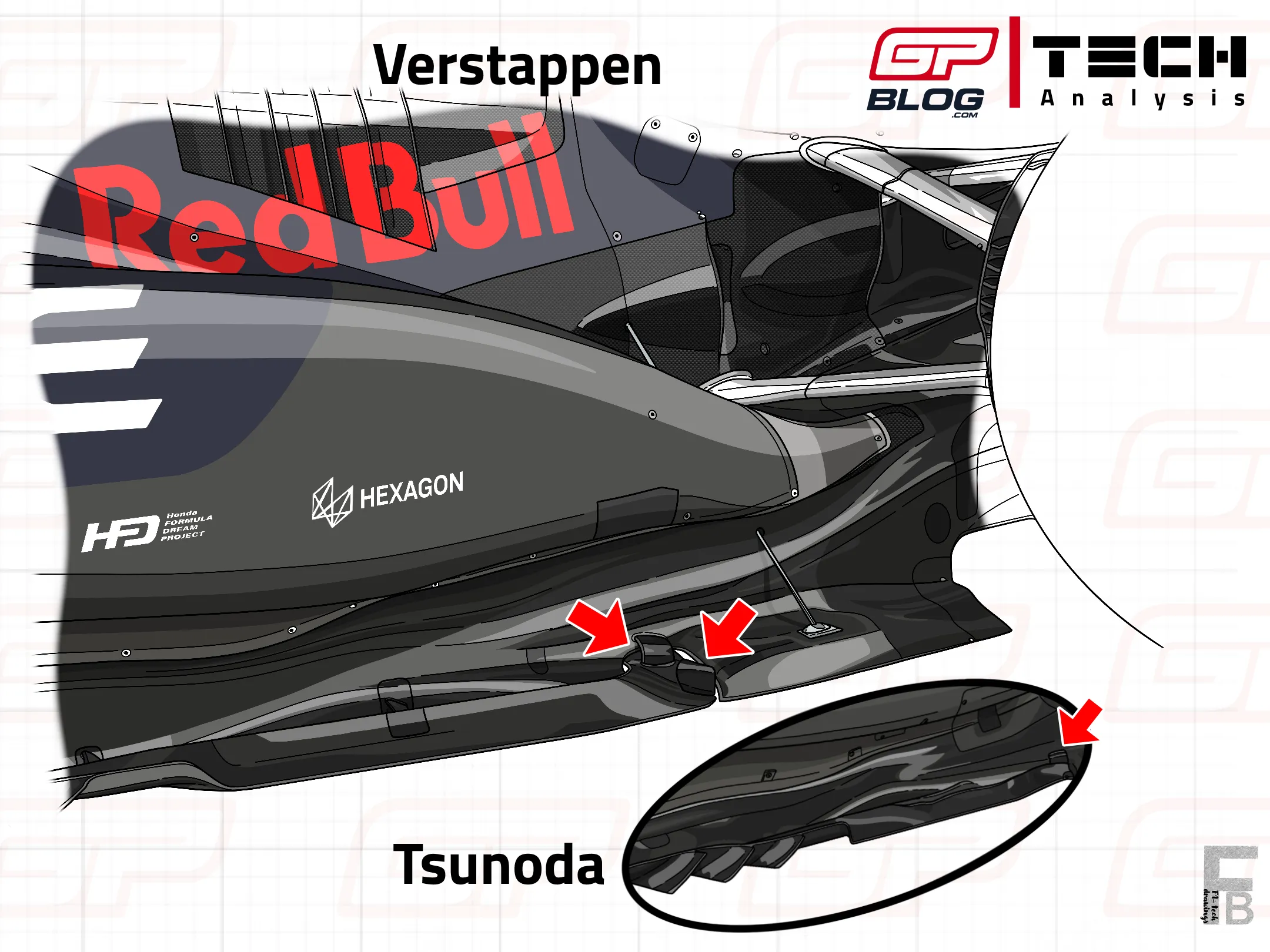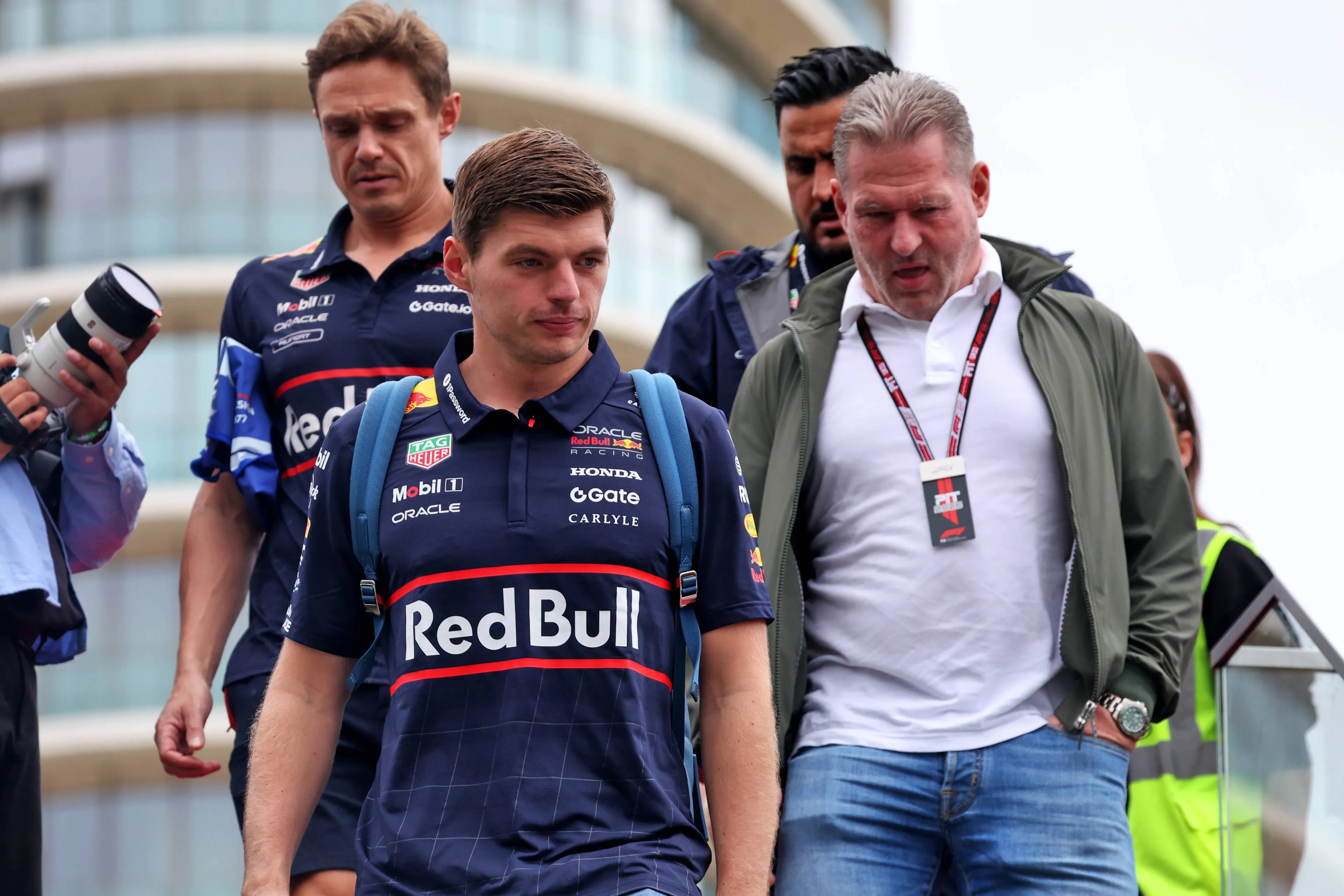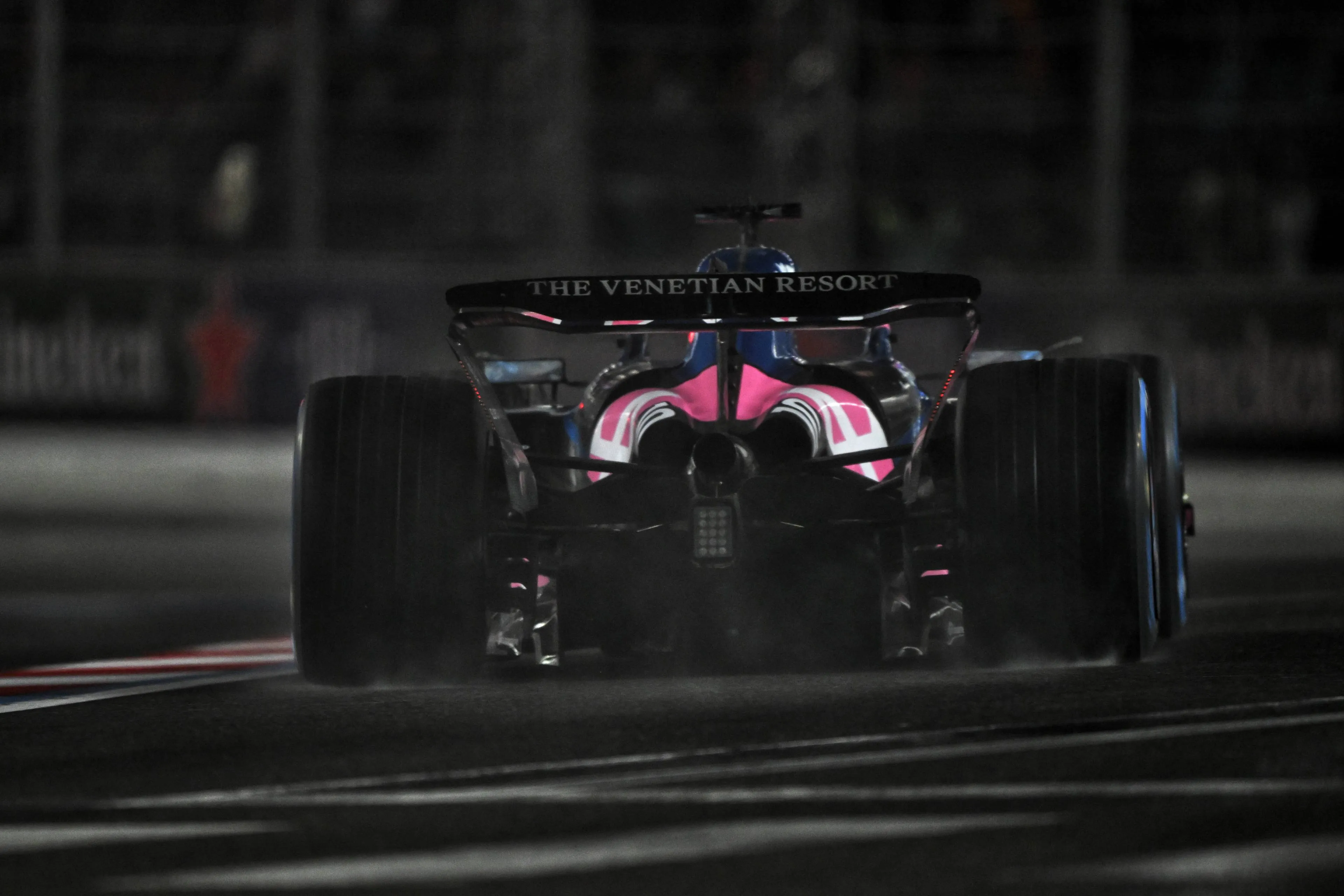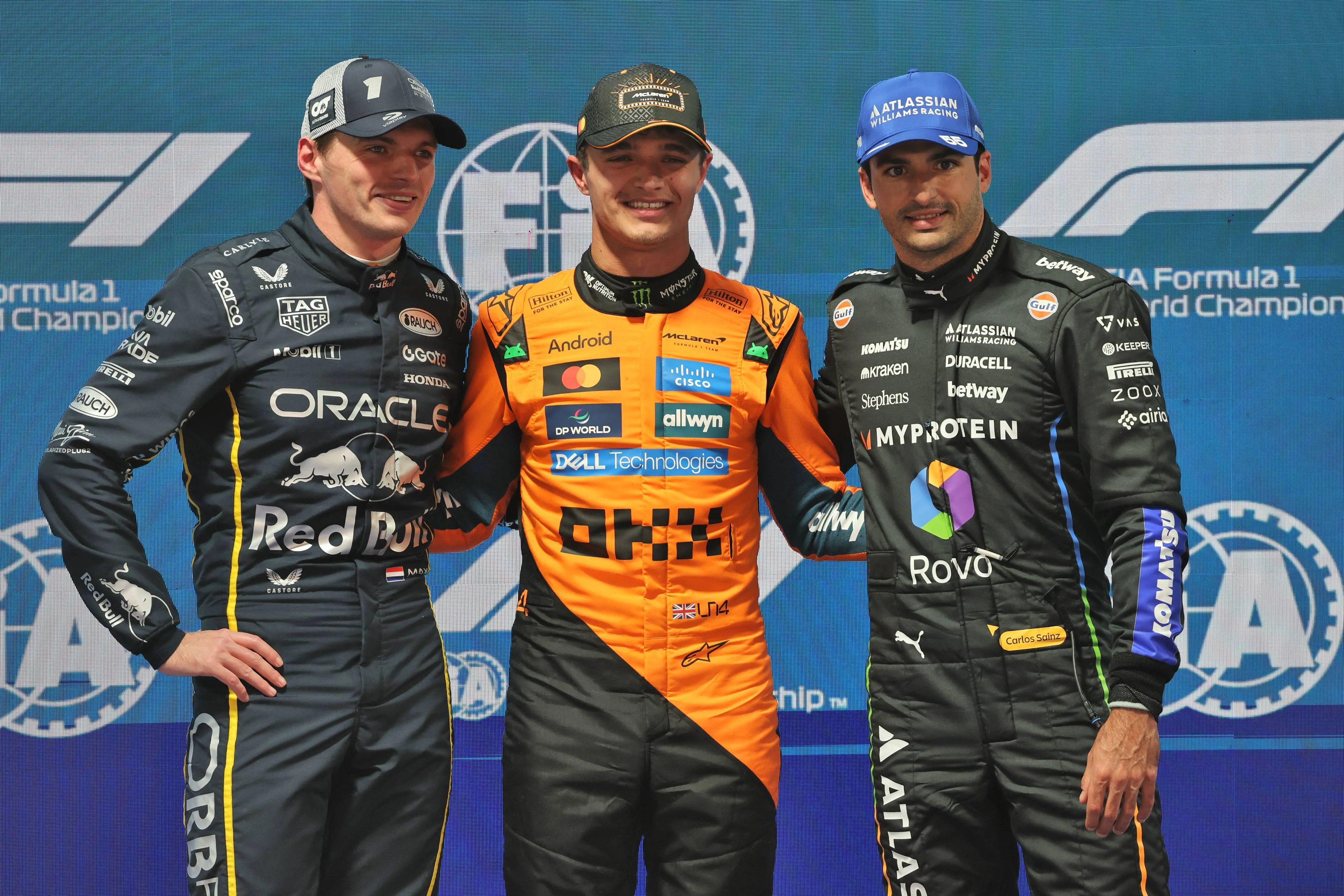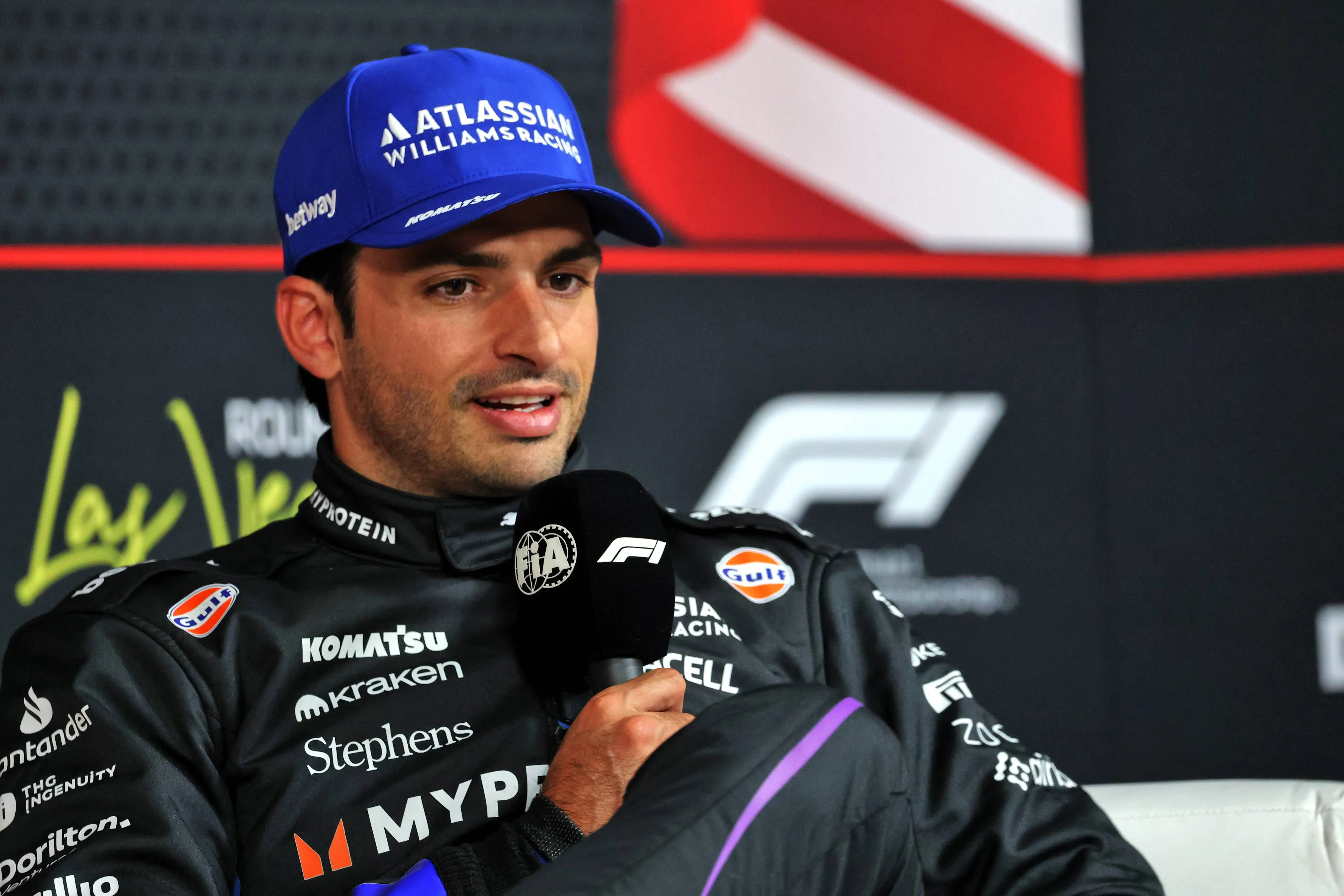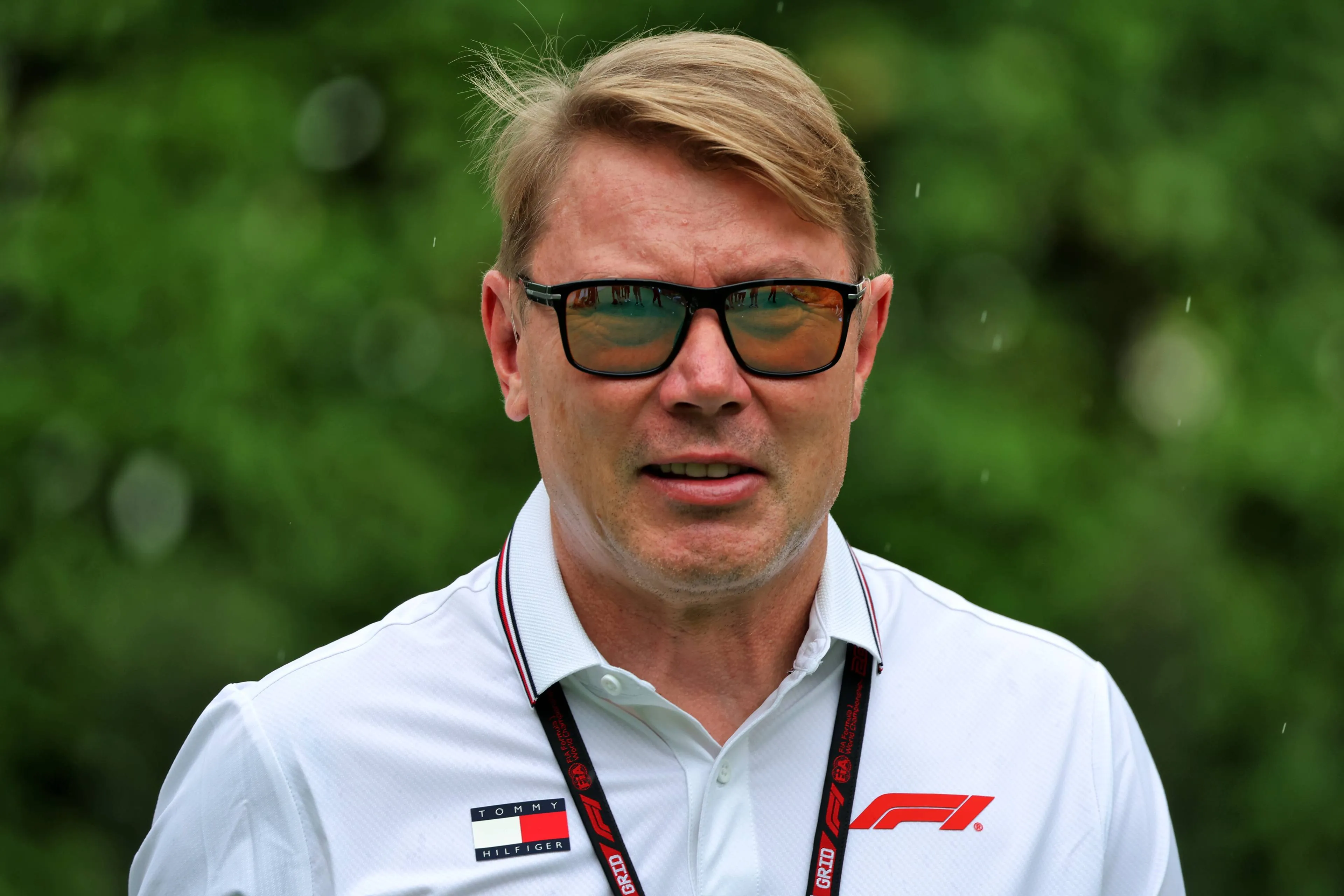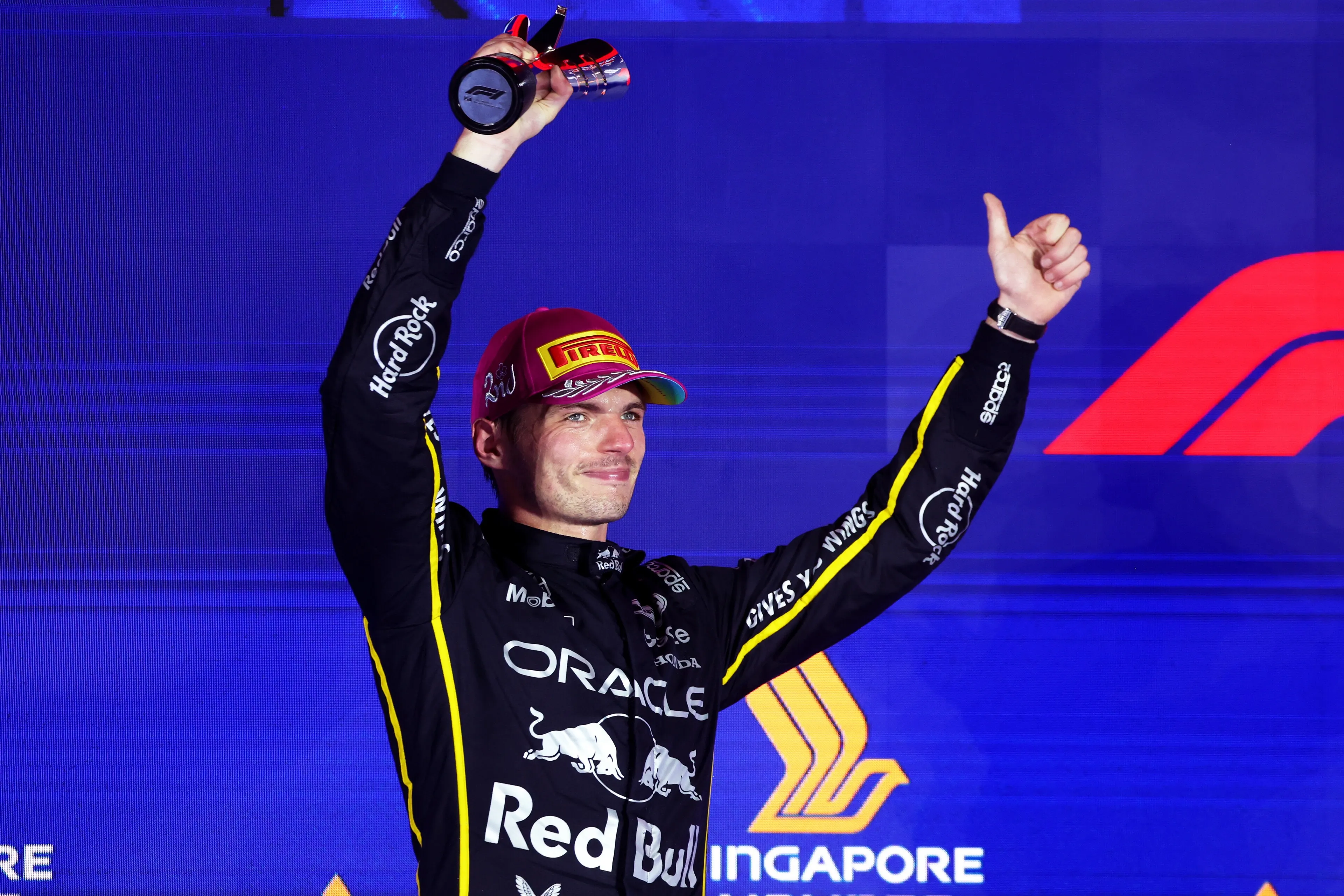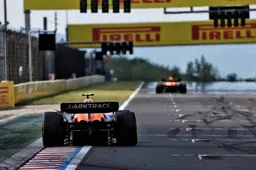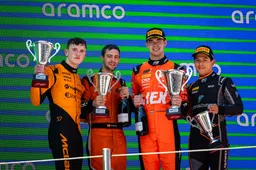F1 Tech | How Aston Martin turned around its terrible start to the season
11:45, 24 Aug
0 Comments
During the last race at the Hungaroring, Aston Martin had the best weekend of the season, with two cars in the top-10 positions. Both Stroll and Alonso were able to finish the race in P5 and P7 respectively, gaining precious points that make Aston Martin much closer to Williams after a very difficult start of the season. But how did Aston Martin go from being last to the third row? Let’s try to find it out.
Up until Imola, Aston Martin struggled a lot in terms of performance, managing to score points only in 2 races, Melbourne and Shanghai. The AMR25 suffered a major lack of downforce from the Venturi channels and bodywork, as well as poor tyre management, which inevitably condemned Alonso and Stroll to bottom positions for many races.
However, the scenario changed from Imola onwards, where the team introduced the first major upgrade package of the year, with major changes to floor, bodywork and diffuser. The main goal was to make the car much more balanced and with a wider operating window, in order to be competitive on a larger spectrum of tracks. Despite the pointless finish during Sunday’s race, the Italian weekend proved that Aston Martin had done a positive step forward, as both Stroll and Alonso were able to get into Q3 (also thanks to a correct tyre strategy), showing that the updates made the car much more balanced.
The package introduced in Imola was also the first package of upgrades that was tested in the new wind tunnel, proving that, thanks to the newer and more modern software used, the correlation was finally back, after the struggles during 2024. This information was highlighted by Team Principal Andy Cowell on Thursday of the Emilia Romagna Grand Prix: “We were keen to make sure that the final mapping exercise was done in our tunnel so that what we've got here is a good set of data from the wind tunnel with the characteristics of this aero package and then by the end of Friday we'll have a track derived set of data.”
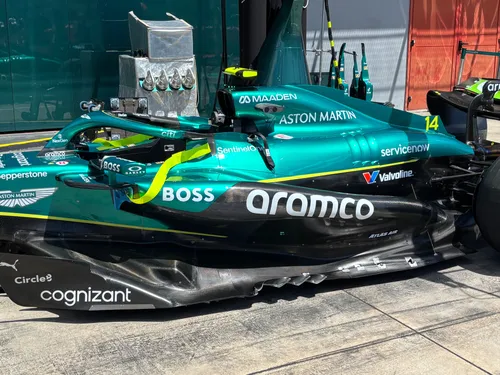
The AMR25's new floor and bodywork introduced at the Emilia Romagna Grand Prix
Despite the upgrades, the AMR25 wasn’t able to extract as much downforce as the engineers expected from the floor and, as a consequence, they adopted larger wings (usually rear wing) to increase the overall load generated by the car. This was also the case in Barcelona, where the additional downforce provided by the wings allowed Alonso to get into Q3 and eventually finish the race in P9, scoring his first points on the season. The technical choice of adopting larger rear wings, in fact, perfectly suited Alonso and Stroll’s driving styles, as they both prefer an understeering car.
Moreover, the incredible performance during the Spanish Grand Prix also proved that the team had done a positive step in terms of tyre management, as Barcelona is well known for being a very though track on tyres, due to the huge stress caused by the high speed corners.
The positive momentum for the Spaniard and for the team continued as well in Canada where, thanks to the nature of the Circuit Gilles Villeneuve, Alonso was able to score points once more, finishing the race in P7. Thanks to the circuit layout, in fact, Alonso was able to exploit his driving style to have as much traction as possible out of slow corners, consequently gaining precious time both in qualifying and during the race.

Alonso during the Canadian Grand Prix
After another promising P7 at the Austrian Grand Prix, Aston Martin arrived at their home race in Silverstone with other upgrades planned for their car, which included a new floor and a modified front wing. Both components aimed at increasing the amount of downforce generated on the car and making it more efficient, by increasing the load generated on the front axle. The package was tested by Alonso in FP1, before being fitted also on Stroll’s car from FP2 onwards, to gather data and allow engineers to make direct comparisons with the simulations’ data gathered in the wind tunnel.
The upgrades were then kept on both cars for the whole weekend, with Alonso able to get once again in Q3, with a positive P9. The race on Sunday saw both Astons in the points, but a concrete evaluation of the AMR25’s balance came after the race by Lance Stroll, who described the car as very difficult to drive in one of his team radios.
As a consequence, despite the double-point finish at their home race, the team decided to take a step back from Spa-Francorchamps, adopting the old floor and front wing for the race. This choice, together with the use of a higher downforce rear wing for Sunday’s race (due to wet conditions expected for the race) relegated both Stroll and Alonso to the last row in qualifying.
This event proved that the AMR25 was still relying too much on the overall downforce generated on the wings, which is the most costing in terms of efficiency. From an aerodynamic point of view, in fact, the load generated by the Venturi channels has a very log drag cost, thus allowing the car to be quicker in medium and high speed corners without being penalised on the straights too much. However, if you rely too much on wings (as is the case for Aston Martin), you end up being penalised on medium downforce circuits, where both downforce and efficiency are required. In Spa-Francorchamps they were also penalised by the incorrect wing choice: despite having more downforce than competitors, they couldn’t even gain time on them through the twisty second sector, proving that the overall set-up chosen for the weekend was not correct.
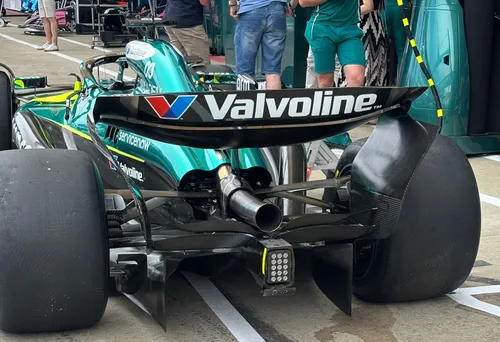
The rear wing chosen for the Belgian Grand Prix
After such a disappointing performance, however, the team immediately bounced back at Hungaroring the following weekend, thanks to the combined effect of a correct set-up choice and a suitable layout. The Hungarian Circuit, in fact, is characterised by a series of medium and slow speed corners, where downforce and a balanced car are needed. To better adapt the AMR25 to these conditions, the engineers decided to adopt high downforce rear wings on both cars, with competitors switching to medium-high downforce choices, to have more performance in the first Sector.
To balance their rear wing choice, the team decided to adopt on both cars the new front wing that was already tested in Silverstone, which featured a complete redesign of all the flaps and mainplane, mainly to produce more downforce. This choice revealed to be spot on, as made the AMR25 much quicker through those long corners where a reactive front end was needed (like in turn 13 and 14). For what concerned the floor, the team kept on using the floor already introduced in Imola, putting aside the new version tested in Silverstone.
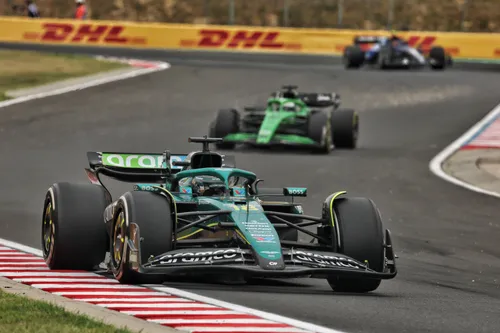
Lance Stroll during the Hungarian Grand Prix
All these correct choices allowed Alonso and Stroll to be extremely quick since FP1, being able to be very close to Mercedes and in front of Red Bull’s Max Verstappen, who massively struggled for the whole weekend. The Aston Martin drivers were able to lock out the third row during Saturday’s qualifying, the best result of the year for the team. As pointed out by Lance Stroll during the usual post race interviews, the performance was the result of a series of factors, which perfectly aligned during the whole weekend: “ I think it's the track really suits our car. I think what we put on the down for us, and conditions are cool, and there's not too much wind, we're kind of where we need to be for the performance of the car. All weekend it's been there, it's been the window since the first lap of FP1.”
After such a positive performance, the huge question mark was on Sunday’s race: as already happened during some races this year, the AMR25 suffered high tyre wear circuits, due to the poor abilities in terms of tyre management. However, the team perfectly set the strategy from lap 1: since Alonso couldn’t keep the pace of the cars in front of him, the plan was to make his own rhythm to extend the first stint on the mediums as long as possible, without being undercut by the cars behind.
The plan perfectly worked, as the Spaniard was able to open a decent gap to Bortoleto in P6 behind, which eventually allowed him to make the one-stop strategy work, finishing the race in the same position were he started. Lance Stroll also managed to finish the race in P7, scoring a big amounts of points for the team, which is now only 17 points behind Williams for the 5th place in the Constructors’ Championship.
With their sight now only fully focused on 2026 it’ll be important for Aston Martin to keep this level of performance on favourable tracks also in the second half of the season, to ensure P5 in the Constructors’ Championship, hoping to get even higher from 2026 onwards.
Read also
Read more about:
Rumors
Popular on GPBlog
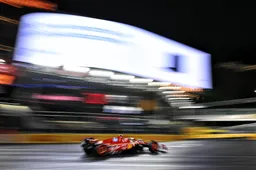
1
2025 Las Vegas Grand Prix: start time and full schedule
12554 times read
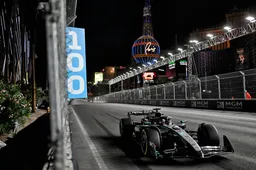
2
Las Vegas GP weather forecast | Teams unprepared for tricky challenge
2807 times read

3
F1 Tech | Weather set to have a huge impact on the Las Vegas GP
2623 times read
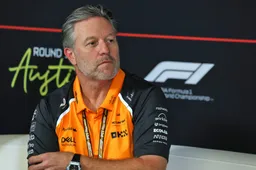
4
Zak Brown immediately contacted 'arrogant' Verstappen after interview
2598 times read
Loading



